Hi! I’m Deiv! I’m a freelance illustrator and concept artist. I’ve been in the gaming industry for 10 years already. I mostly focus on making fantasy and sci-fi illustrations. I have contributed to notable projects such as The Last of Us, Uncharted 4, Sims 4, Dance Central 3, Zombie Apocalypse, Fifa Street, and League of Legends.
Tools:

I mainly work in digital. For my software I use Photoshop CC to paint. I use PureRef for my references. I also have a plugin for Photoshop called Lazy Nezumi to help out in perspective and to make very smooth lines. When working I prefer having at least a second monitor so I can look at my reference images while painting.

Last month, XP Pen sent me their display tablet, the Innovator 16. I’ve been using it for the past few weeks for work and to create this new artwork. I went all out on this to truly test the tablet. So far, this tablet exceeded my expectations and it looks like this will be my new main tool in making art!
I made a separate article to review this tablet which you can find here: http://deivcalviz.com/2020/08/16/xp-pen-innovator-16-review/
Here are some illustration tips for my fellow and aspiring illustrators out there:
Study the Basics:

Until now, I still go back to studying the basics. It’s important to get a good understanding of anatomy, perspective, color theories, composition, design principles, etc. The internet is full of resources to study.
Familiarizing yourself with the basics will help your illustration in the long run. Focus on your drawing skills. A drawing with solid foundations is a lot better than a fully rendered painting full of mistakes.
Plan and research:
Artists should not depend on inspiration to make art. Having a plan and researching will help you know what to draw next. I usually have a lot if ideas listed down so whenever I don’t know what to do, I can just choose from those ideas.
I learned this when doing client works, the tasks I receive usually include detailed information on what I need to do. Having your options planned out and listed down can make it less intimidating.
Use Reference:

A lot of people ask me to critique their artworks. Almost all the time, they just needed more reference. I believe most professional artists use a lot of references. The image above shows how many reference images I collected while making my latest artwork. I must admit that it might be a bit too much.
Other than gathering images from Google, you can also take photos of yourself or your friends. You can use a lamp on your action figures to see how the shadows are cast. You can use clay to understand forms. There are also free apps you can download. Basically, get as much references as you need to understand each element you are trying to draw. Eventually, your visual library will increase and you will need less reference in the future.
Contrast:
Contrast isn’t just about adjusting the slider in your favorite photo editor. Contrast can be achieved through the following:
• Warm vs Cool colors
• Soft vs Hard edges
• Saturated vs Desaturated colors
• Complementary colors
• High detail vs Rest
Avoid Tangents:
Elements that appear like they are connected to each other when they are not supposed to should be avoided. Overlapping them more obviously will feel more interesting.
Fail fast:
The fastest way to grow and develop is to go out of your comfort zone and fail a lot. Many artists don’t grow because they just stuck to what they are familiar with. This can work if you are already well known in that certain niche, but it’s still better to see your true potential by trying out different things. Try to spend time on experimenting and failing without the pressure of needing to post in your social media.
Have fun:
Here’s the most important advice I can give. Always remember why you starting doing art in the first place. Find what you like to do and have fun!

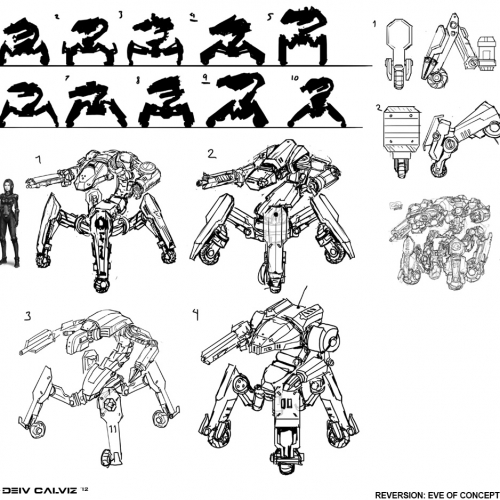
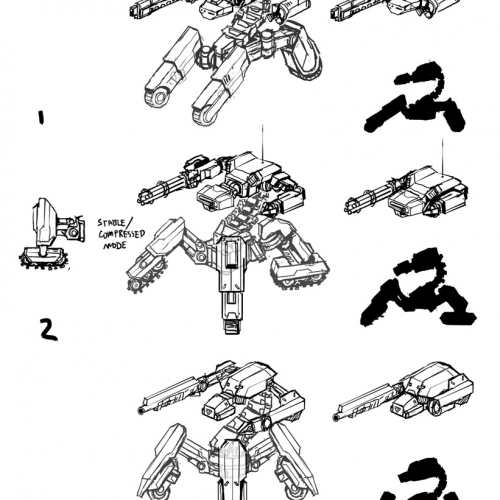

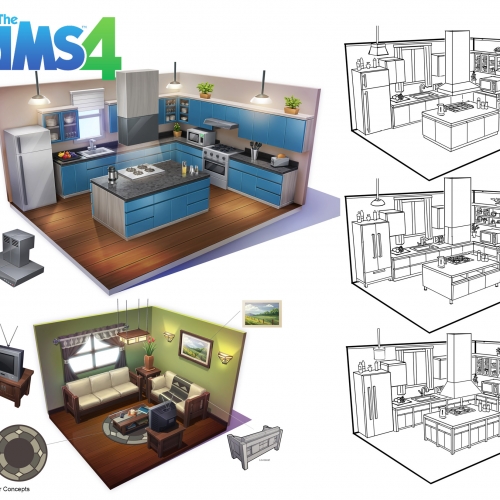


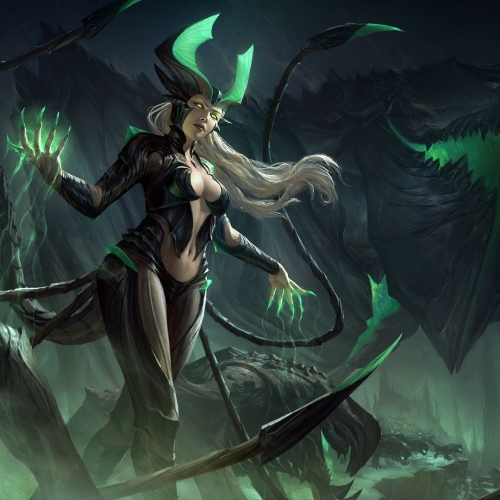

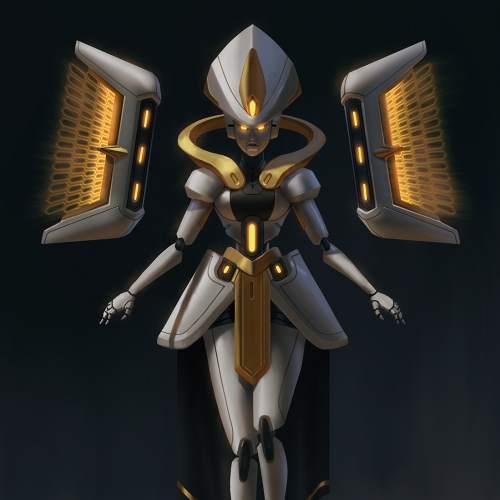

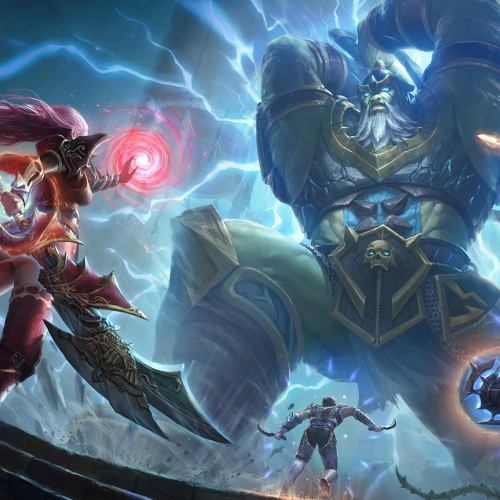

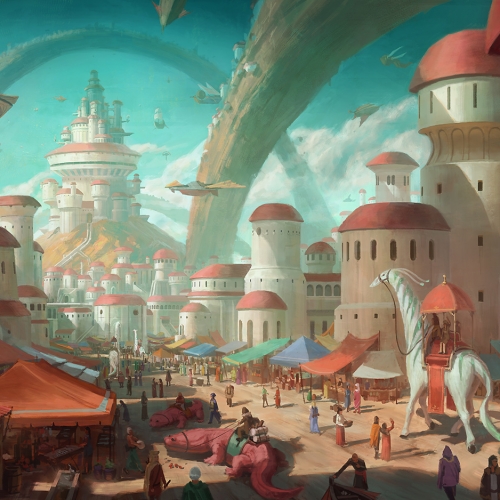
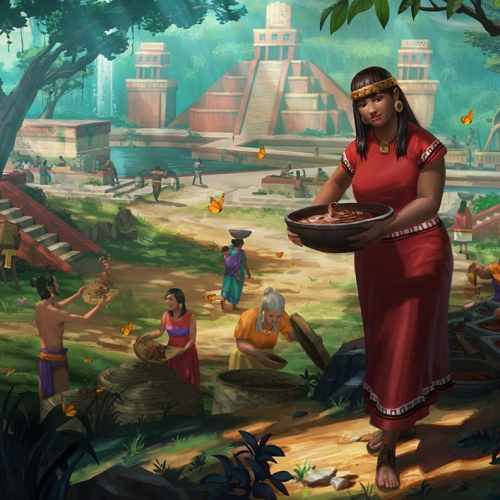
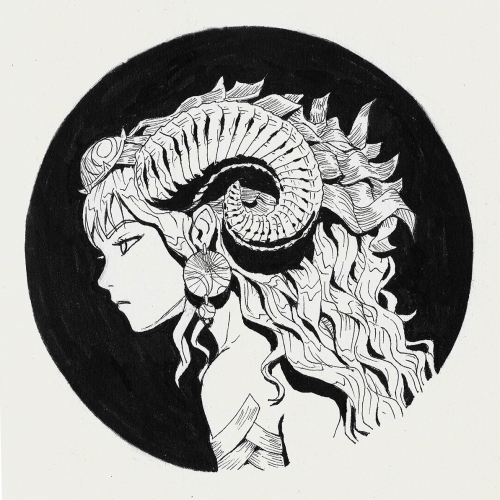
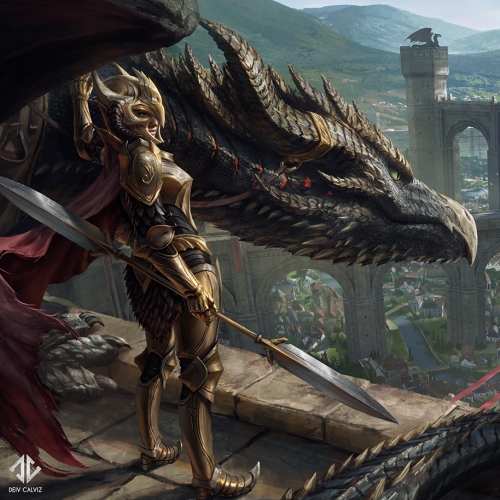


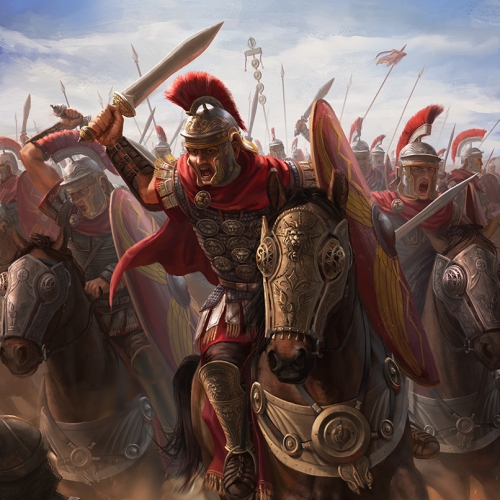
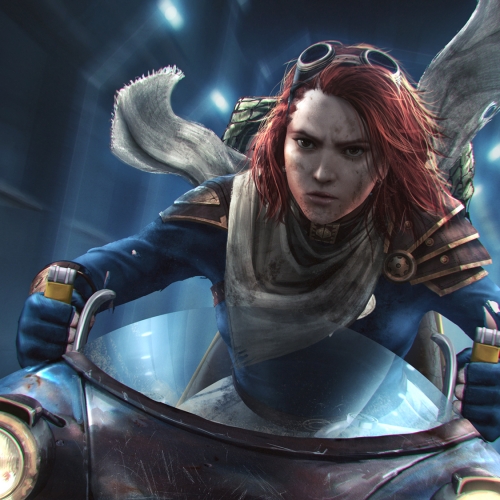

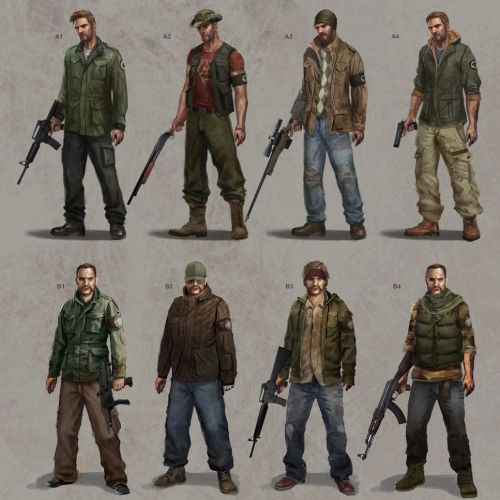

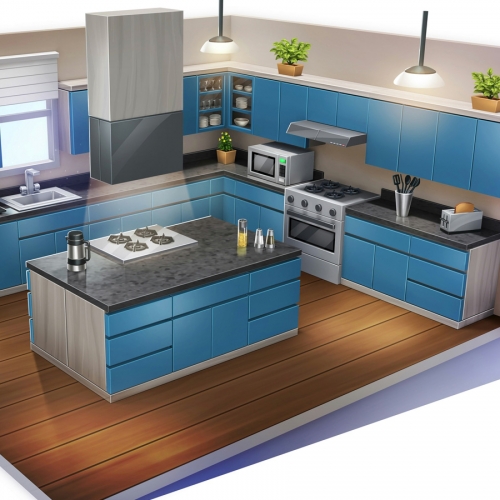

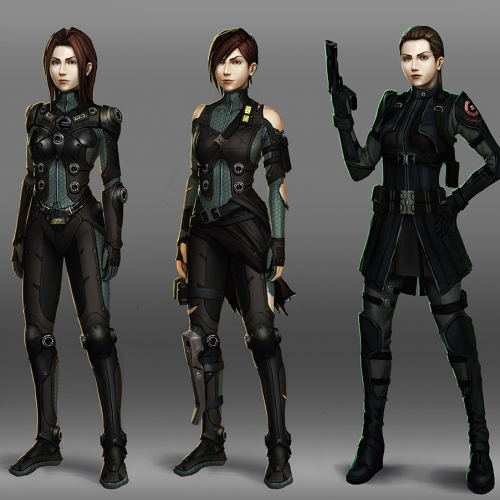
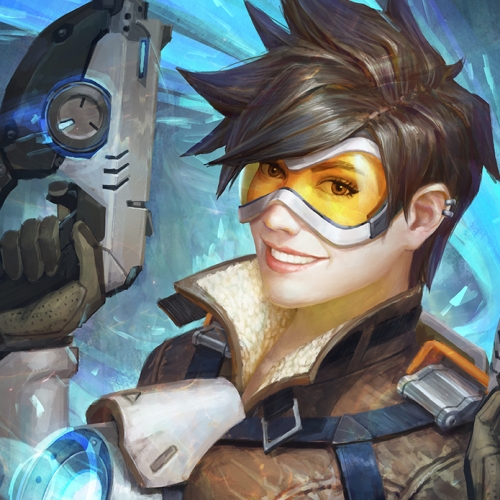
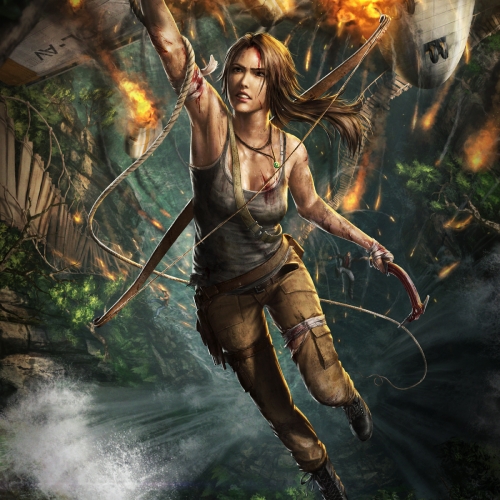
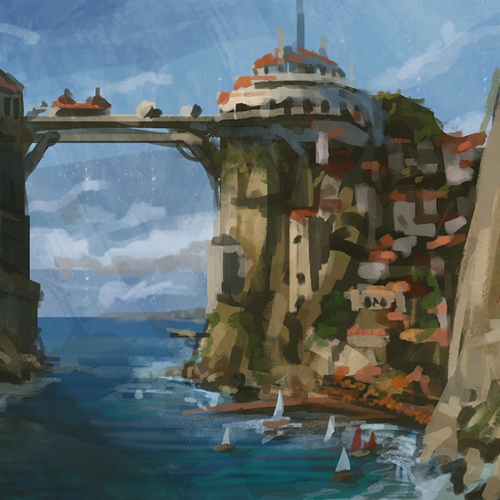
Leave a Reply